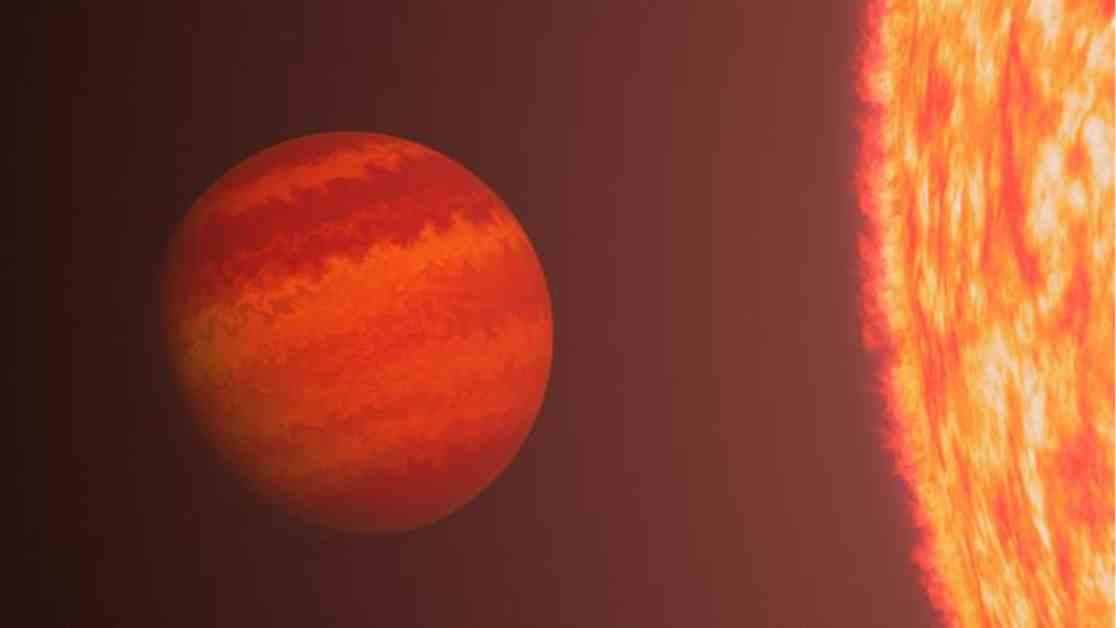NASA’s Latest Discovery: Phoenix, the Exoplanet Survivor
An unusual exoplanet named Phoenix has been discovered by NASA’s Transiting Exoplanet Survey Satellite (TESS). Despite being bombarded with radiation from its red giant parent star, Phoenix has managed to maintain its atmosphere, surprising astronomers. This world, officially designated as TIC 365102760 b, is smaller, older, and hotter than previously thought possible for a planet in such conditions.
Phoenix is classified as a “hot Neptune,” a rare type of planet that is smaller than Jupiter but larger than Earth. Despite its incredible survival story, scientists predict that Phoenix will eventually spiral into its giant star in around 100 million years. This discovery showcases the diverse range of exoplanets in the universe and highlights the unpredictable nature of planetary evolution.
The red giant star, TIC 365102760, is around 10 billion years old and has expanded significantly, engulfing Phoenix in its orbit. The planet’s low density and advanced age suggest that it has managed to retain its atmosphere despite being so close to its star. This finding challenges previous assumptions about planetary atmospheres and could provide insights into Earth’s future evolution.
TESS’s discovery of Phoenix demonstrates the spacecraft’s ability to detect smaller planets with unique characteristics. The research team behind this discovery has developed a method to identify and study these elusive worlds, opening up new possibilities for understanding planetary atmospheres and evolution.
The implications of Phoenix’s discovery extend beyond the realm of exoplanets, offering valuable insights into the late-stage evolution of planetary systems. By studying this extraordinary survivor, scientists may gain a better understanding of Earth’s atmospheric evolution before its eventual fate.
This groundbreaking research was published in The Astrophysical Journal, showcasing the latest developments in exoplanet exploration and discovery. The discovery of Phoenix underscores the complexity and diversity of planetary systems across the universe, sparking new questions and avenues for future research.
For more space-related discussions and updates, join our Space Forums to stay informed about the latest missions and discoveries. If you have any news tips or comments, feel free to reach out to us at: community@space.com.
—
**Biography:**
Robert Lea is a science journalist based in the U.K., with a background in physics and astronomy. His work has been featured in prominent publications such as Physics World, New Scientist, and Astronomy Magazine. Robert’s expertise in science communication has also been recognized by Elsevier and the European Journal of Physics. Follow him on Twitter @sciencef1rst for more insights on the latest scientific advancements and discoveries.




